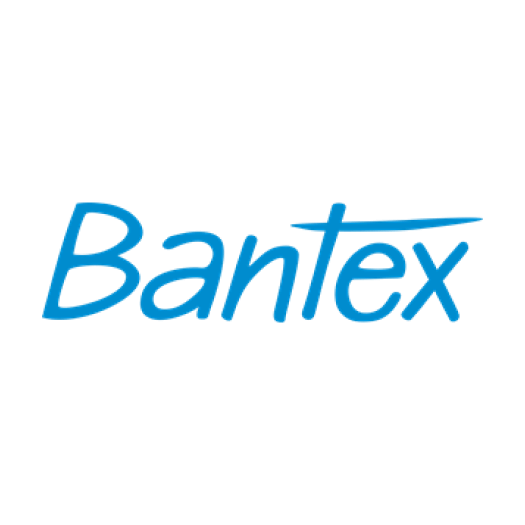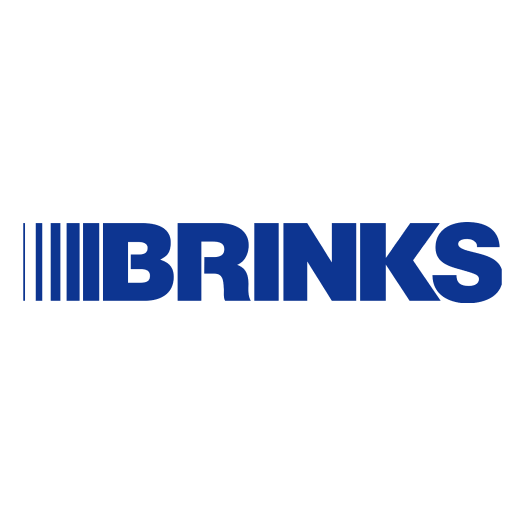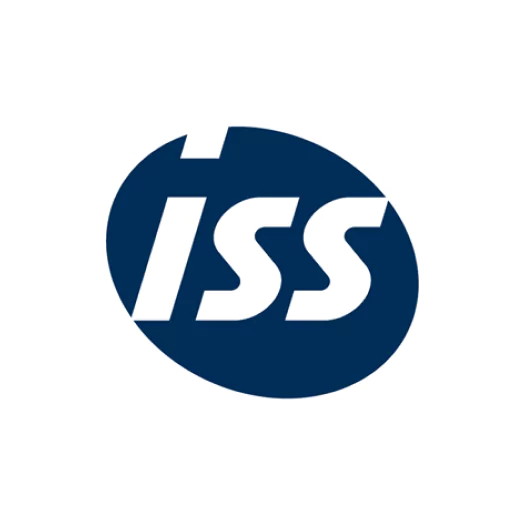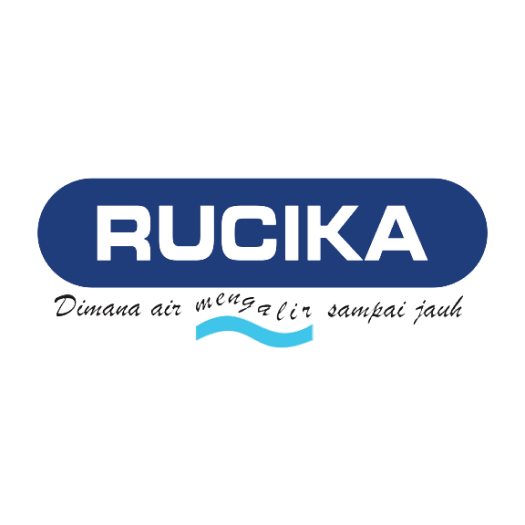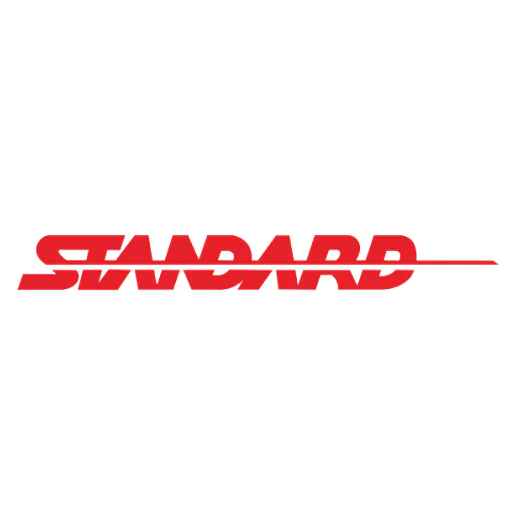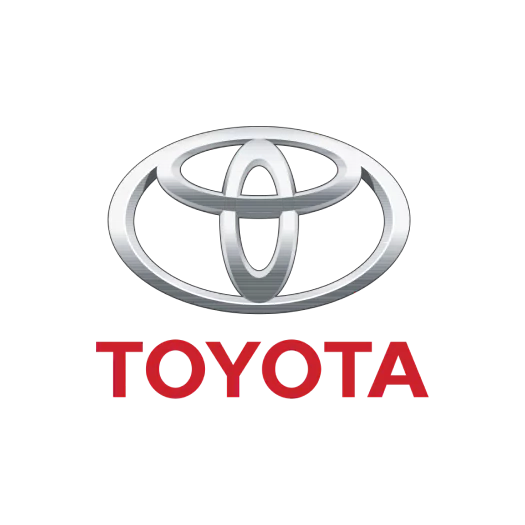Understanding and managing Environmental, Social, and Governance (ESG) frameworks has become a key focus for business leaders today. Many struggle with challenges like inconsistent reporting standards, rapidly changing regulations, and the need to integrate ESG metrics into their existing operations.
In the Philippines, ESG adoption is steadily increasing, but knowledge and implementation levels vary across different industries. Some sectors have made significant progress, while others are still adapting to ESG requirements and best practices.
According to a study by The Manila Times, around 79% of investors in the Asia-Pacific region are placing greater emphasis on ESG factors. This growing investor focus highlights the need for businesses to strengthen their ESG strategies and reporting processes.
To overcome these challenges and maximize the benefits of ESG integration, businesses must adopt structured strategies and innovative digital solutions. Leveraging advanced technology can simplify ESG reporting, ensure compliance, and enhance overall sustainability efforts.
Table of Contents

Key Takeaways
|
What is the ESG Framework?
The ESG framework is a structured approach that helps businesses disclose their environmental, social, and governance (ESG) performance. It provides standardized reporting guidelines highlighting sustainability risks, operational impact, and growth opportunities, ensuring transparency for investors and stakeholders.
Various ESG reporting frameworks have been developed by NGOs, business groups, and government bodies. While hundreds exist, only a select few are widely recognized, guiding businesses in aligning their practices with ESG standards and regulatory expectations.
Each ESG policy framework outlines specific metrics, qualitative disclosures, and reporting frequencies. Some are voluntary, offering companies flexibility, while governments mandate others to enforce accountability. By selecting the right ERP software, companies can efficiently measure their performance and enhance their ESG score over time.
Need to know!
AI can significantly improve efficiency, accuracy, and transparency in ESG data management. One of the finest AI is Hashy AI, occupied with various features.

Get a Free Demo Now!
What Does ESG Stand For?

ESG stands for environmental, social, and governance, representing the three key pillars that assess a company’s sustainability and ethical impact. Businesses use ESG frameworks to evaluate and disclose their sustainability practices, helping investors and stakeholders make informed decisions.
The environmental aspect of an ESG framework example focuses on a company’s impact on climate change, carbon footprint, and resource conservation. The social component examines labor practices, community engagement, and human rights, ensuring businesses uphold ethical responsibilities.
Lastly, governance evaluates corporate leadership, ethical decision-making, and stakeholder transparency within an ESG policy framework. By aligning with recognized ESG reporting frameworks, companies can improve their ESG score, meet ESG standards, and strengthen their reputation in the marketplace.
Evolution ESG

The concept of ESG frameworks has evolved significantly over the past few decades and has been shaped by various sustainability movements. By examining businesses through an ESG framework example, investors and stakeholders can assess their resilience to environmental, social, and economic risks.
- Early Environmental and Labor Policies (1980s-1990s): The Environment, Health, and Safety (EHS) movement in the 1980s emphasized pollution reduction and workplace safety. In the 1990s, corporate sustainability emerged, encouraging businesses to minimize environmental impacts, though some misused it for greenwashing.
- Corporate Social Responsibility and ESG Standardization (2000s-2010s): The early 2000s saw a rise in Corporate Social Responsibility (CSR), focusing on corporate philanthropy and employee engagement. In 2004, the United Nations introduced the term ESG, leading to the development of the first ESG policy frameworks and standardized reporting methods.
- Modern ESG and Preventative Sustainability (2010s-Present): Early ESG reporting frameworks were often reactive, addressing risks after they occurred rather than preventing them. Today, businesses prioritize proactive sustainability, ensuring compliance with ESG standards and improving their ESG scores to meet the expectations of investors, regulators, and consumers.
Why is ESG Reporting Important?

Implementing ESG reporting frameworks is essential for businesses to align with ethical standards while ensuring long-term success. By integrating an ESG framework example into operations, companies can enhance transparency, improve financial stability, and strengthen stakeholder trust.
- Enhancing stakeholder and investor confidence: A well-structured ESG policy framework provides stakeholders and investors with clear insights into a company’s sustainability efforts.
- Strengthening vendor risk management: Businesses using ESG frameworks can evaluate their supply chains for compliance with ethical and sustainability standards.
- Gaining a competitive advantage: Companies with strong ESG reporting frameworks are more attractive to investors, customers, and top talent.
- Improving brand reputation: Transparent ESG disclosures reinforce corporate accountability, making businesses more appealing to socially conscious consumers.
Establishing long-term sustainability goals: A structured social responsibility model and framework ensure companies set clear, actionable sustainability targets. ESG reporting helps organizations track progress, make data-driven decisions, and integrate ESG framework examples into future business strategies.
Selecting an ESG Framework for Your Organization

Choosing the proper ESG framework requires careful evaluation of business objectives, industry standards, and regulatory expectations. By aligning with the most suitable ESG policy framework, organizations can improve transparency, enhance sustainability efforts, and strengthen stakeholder trust.
1. Assessing impact and influence
Organizations must define their ESG framework example based on sustainability goals and potential risks. Identifying key ESG reporting frameworks helps businesses measure performance and address environmental, social, and governance concerns effectively.
Companies can proactively manage ESG challenges by selecting a framework that aligns with corporate values. A structured approach ensures compliance while fostering responsible business practices.
2. Meeting stakeholder and investor expectations
Understanding investor and stakeholder expectations is crucial when adopting an ESG framework. Investors rely on ESG score data to assess long-term business stability and ethical impact.
Choosing a widely recognized ESG reporting framework improves investor confidence and supports capital allocation decisions. Transparent ESG disclosures also strengthen corporate reputation and stakeholder engagement.
3. Considering regional and regulatory requirements
Compliance with mandatory ESG standards varies by country and industry. Organizations should review government-mandated ESG frameworks and align them with relevant policies in their operating regions.
A strong ESG policy framework ensures businesses meet local reporting obligations while maintaining global credibility. Selecting the right framework helps organizations avoid regulatory risks and enhance cross-border sustainability efforts.
4. Industry-specific alignment
Different sectors prioritize distinct models and social responsibility frameworks based on environmental and governance factors. To ensure relevance, businesses should adopt ESG frameworks that are widely accepted within their industry.
Aligning with sector-specific ESG reporting frameworks facilitates benchmarking and simplifies compliance. Companies integrating industry-preferred ESG standards gain a competitive edge in responsible business practices.
5. Evaluating ESG coverage and disclosures
Organizations must assess whether a selected ESG framework covers all relevant sustainability concerns. Some frameworks focus on environmental impact, while others emphasize social or governance factors.
Choosing a comprehensive ESG framework example ensures that key ESG disclosures align with organizational risks and priorities. A well-structured reporting approach enhances transparency and long-term corporate sustainability.

Common ESG Reporting Frameworks

Organizations use ESG frameworks to assess their sustainability practices and improve their ESG strategy. These frameworks fall into three categories: benchmark frameworks (structured scoring systems), voluntary frameworks (flexible reporting standards), and regulatory frameworks (government-mandated disclosures).
Benchmark ESG frameworks
Benchmark frameworks require organizations to respond to a fixed set of questions, often including an ESG score to measure performance. These frameworks provide standardized assessments that allow for benchmarking across industries.
- Carbon Disclosure Project (CDP): CDP collects environmental ESG reporting framework data from companies worldwide. It evaluates climate change, water usage, and deforestation through separate, independently scored questionnaires.
- Global Real Estate Sustainability Benchmark (GRESB): GRESB assesses the sustainability of real estate portfolios using ESG standards aligned with significant financial and sustainability organizations. Investors use this ESG framework example to guide responsible investment decisions.
- Voluntary ESG Frameworks: ESG frameworks allow organizations to report sustainability metrics that align with their business priorities. These frameworks focus on developing ESG policy frameworks and industry best practices.
- Global Reporting Initiative (GRI): The GRI offers comprehensive guidelines for sustainability reporting, making it one of the most widely used ESG frameworks. It helps businesses measure their social, environmental, and economic impacts.
Task Force on Climate-Related Financial Disclosures (TCFD)
TCFD focuses on financial risk management related to climate change. This model and framework of social responsibility is structured around governance, strategy, risk management, and performance metrics.
- Climate Disclosure Standards Board (CDSB): The CDSB helps organizations integrate sustainability into annual financial reports. It emphasizes translating environmental impacts into long-term financial value.
- Sustainability Accounting Standards Board (SASB): SASB develops ESG standards for more than 70 industries, helping organizations communicate ESG risks to investors and promoting consistency in ESG reporting across different sectors.
- United Nations Sustainable Development Goals (UN SDGs): The UN SDGs outline 17 global sustainability objectives, including clean energy, gender equality, and responsible consumption. Companies use them as a guiding ESG policy framework for sustainability initiatives.
- ISO 26000: It provides social responsibility guidelines, helping companies integrate ethical and sustainable practices into their business models. It promotes transparency and accountability in ESG score reporting.
Regulatory ESG frameworks
Governments legally require regulatory frameworks to ensure compliance with national sustainability policies. Companies must align with these ESG reporting frameworks to meet disclosure obligations.
- Corporate Sustainability Reporting Directive (CSRD): The CSRD is a European Union regulation mandating sustainability disclosures for large companies. It standardizes ESG frameworks for EU-based organizations to improve transparency.
- National Greenhouse and Energy Reporting (NGER): NGER is an Australian regulatory framework for compliance with ESG policy frameworks. It tracks greenhouse gas emissions and energy consumption to ensure environmental responsibility.
- Streamlined Energy and Carbon Reporting (SECR): SECR requires over 11,000 UK companies to disclose annual energy use and carbon emissions. This ESG framework example enhances corporate accountability for environmental impacts.
Selecting the proper ESG framework depends on an organization’s industry, geography, and sustainability goals. By aligning with the most relevant ESG reporting frameworks, businesses can improve transparency, build investor trust, and drive long-term environmental and social responsibility.
Benchmark Frameworks

Benchmark ESG frameworks require organizations to provide structured responses to all listed questions, typically incorporating a scoring system to evaluate performance. These frameworks offer transparency, allowing companies to measure sustainability initiatives and improve ESG compliance.
1. Carbon Disclosure Project (CDP)
The CDP framework enables organizations to disclose environmental governance, policies, and risk management strategies. It helps investors, employees, and stakeholders understand a company’s sustainability and climate action approach.
How CDP Works:
CDP provides three questionnaires covering climate change, water, and forests, with scoring methodologies tailored to high-impact sectors. These assessments include general and industry-specific questions, ensuring relevance across various industries.
2. Global Real Estate Sustainability Benchmark (GRESB)
GRESB is a widely recognized ESG reporting framework for assessing the sustainability of real estate and infrastructure portfolios. Investors use GRESB scores to evaluate ESG risks, optimize investment strategies, and enhance sustainability performance.
How GRESB Works:
GRESB assessments provide investors and asset managers data-driven ESG insights aligned with international standards such as GRI and PRI. Participants receive comparative intelligence, a roadmap for ESG improvements, and an engagement platform for investors.
Benchmark ESG frameworks like CDP and GRESB provide structured methodologies for tracking corporate sustainability efforts. By adopting these ESG reporting frameworks, businesses can improve transparency, enhance stakeholder confidence, and align with global sustainability standards.
Voluntary Framework

Unlike benchmark ESG frameworks, voluntary ESG reporting frameworks allow organizations to choose which aspects they report on, tailoring disclosures to industry relevance and materiality. These frameworks do not include a formal ESG score but provide guidelines for companies to improve transparency and align with sustainability standards.
1. Global Reporting Initiative (GRI)
The GRI framework is one of the most widely used ESG reporting frameworks. It offers guidance on sustainability disclosures and helps organizations track economic, environmental, and social impacts, ensuring accountability to stakeholders.
How GRI Works:
GRI provides a modular set of standards that organizations can adapt based on their material ESG concerns. Companies use three universal standards alongside topic-specific ones to report on sustainability areas such as corporate governance, carbon footprint, and social responsibility.
2. Task Force on Climate-related Financial Disclosures (TCFD)
TCFD focuses on the environmental pillar of ESG, guiding organizations in assessing climate-related risks and their financial implications. It helps businesses disclose the potential impact of sustainability challenges on long-term financial performance.
How TCFD Works:
TCFD is structured around four key pillars: Governance, Strategy, Risk Management, and Metrics and targets. These pillars ensure companies integrate climate-related concerns into their financial planning and risk management strategies, aligning with global ESG standards.
3. Value Reporting Foundation (VRF) – SASB & IIRC
The VRF framework was formed through the merger of SASB and IIRC. It focuses on financially material sustainability disclosures and enables companies to communicate ESG performance in a way that is relevant to investors and financial institutions.
How SASB Standards Work:
SASB sets industry-specific ESG standards across 77 sectors, ensuring relevance for stakeholders such as investors, debt holders, and financial analysts. Companies like BlackRock, Nike, and Goldman Sachs use SASB to enhance transparency and align sustainability efforts with economic goals.
By leveraging voluntary ESG frameworks, businesses can customize sustainability reporting, strengthen transparency, and align with global ESG policy frameworks. These adaptable models help organizations build credibility, improve risk management, and support sustainable development goals in an increasingly ESG-driven market.
Regulatory Framework

Regulatory ESG frameworks require organizations to report sustainability data following government-mandated guidelines. Unlike voluntary frameworks, these compliance-driven standards ensure transparency, accountability, and alignment with ESG policy frameworks across industries.
1. Corporate Sustainability Reporting Directive (CSRD)
The CSRD is a European Union directive that mandates sustainability disclosures covering environmental, social, and governance performance. Companies must report under the European Sustainability Reporting Standards (ESRS) to ensure comprehensive ESG compliance.
How CSRD Works:
The CSRD introduces the double materiality principle, requiring businesses to disclose financial and societal ESG impacts. Organizations with over €20 million in assets, €40 million in turnover, or 250+ employees must comply, affecting 50,000+ companies globally.
From 2028, non-EU companies generating €150 million in annual EU turnover will also be subject to these ESG reporting frameworks.
2. National Greenhouse and Energy Reporting (NGER)
Australia’s NGER Scheme regulates the reporting of greenhouse gas emissions, energy production, and consumption. This ESG framework example ensures accurate climate-related disclosures for businesses under carbon reduction mandates.
How NGER Works:
The framework requires organizations to track GHG emissions, including CO₂, methane, and nitrous oxide, to ensure compliance with sustainability goals. Companies must maintain auditable records, allowing the Clean Energy Regulator to verify data accuracy and adherence to the model and frameworks of social responsibility.
3. Streamlined Energy and Carbon Reporting (SECR)
The SECR is the UK’s mandatory ESG disclosure framework. Large organizations must report energy use, greenhouse gas emissions, and sustainability performance. It expands on previous carbon reporting schemes to promote energy efficiency and corporate responsibility.
How SECR Works:
The framework mandates Scope 1 and Scope 2 emissions reporting for publicly listed companies, while large unquoted firms and LLPs must disclose UK-based electricity, gas, and transport-related emissions. Over 11,900 UK companies fall under SECR regulations, reinforcing its role in ESG standards and sustainability tracking.
4. Sustainable Finance Disclosure Regulation (SFDR)
The SFDR standardizes ESG score reporting for financial institutions within the EU. It enhances transparency by requiring investment firms to disclose Principal Adverse Impact (PAI) statements, ensuring alignment with the EU sustainable finance agenda.
How SFDR Works:
Financial entities must report ESG impact metrics, including weighted averages across their investment portfolios. For example, if a firm owns 20% equity in a company producing 100 metric tons of hazardous waste, it reports 20 metric tons in its SFDR disclosures.
Regulatory ESG reporting frameworks ensure industry compliance, transparency, and sustainability accountability. By adopting the right ESG framework example, businesses can enhance investor confidence, reduce environmental impact, and align with global ESG standards.
ESG Rating & Rating Agencies

ESG ratings objectively assess an organization’s sustainability efforts, providing investors and stakeholders with valuable insights into its ESG framework. Accredited rating agencies evaluate businesses based on ESG standards, using proprietary methodologies to assess their impact on environmental, social, and governance.
1. Bloomberg ESG ratings: Bloomberg provides ESG ratings for over 10,000 companies annually, utilizing publicly sourced sustainability data. It evaluates corporate responsibility efforts, governance practices, and environmental impact to generate a comprehensive ESG score.
2. Energy Star certification: Developed by the U.S. Environmental Protection Agency (EPA), Energy Star assesses energy efficiency in commercial buildings. By tracking energy performance and carbon footprint, reduction helps organizations align with ESG reporting frameworks.
3. S&P Global ESG scores: S&P Global rates organizations across over 50 ESG metrics, focusing on performance-driven data. These scores help businesses benchmark their ESG policy framework and identify areas for sustainability improvements.
4. Dow Jones Sustainability Index (DJSI): The DJSI ranks businesses based on their Corporate Sustainability Assessment (CSA) and compares them across 61 industries. This index is a valuable ESG framework example, guiding organizations toward responsible business practices and enhanced corporate transparency.
By leveraging insights from these ESG rating agencies, companies can enhance their model and social responsibility frameworks. These ratings foster corporate accountability, improve ESG standards, and strengthen long-term business sustainability.
Preparing for Growing ESG Trends
The landscape of ESG frameworks is evolving rapidly, with AI-driven data scraping playing a growing role in ESG evaluations. Organizations must adapt to ensure their ESG score accurately reflects their sustainability efforts and aligns with global ESG reporting frameworks.
How to prepare for AI-driven ESG valuation:
- Identify key ESG rating agencies: Companies should determine which ESG frameworks and rating agencies their key investors rely on. Engaging with institutional investors can provide insight into which ESG standards are most relevant to the organization’s industry and region.
- Understand data sources and methodologies: Research how ESG rating agencies collect and analyze data, as AI-driven ESG reporting frameworks often extract information from external sources like media, public records, and social platforms.
- Optimize publicly available ESG information: Organizations should strategically refine their ESG policy framework by publishing sustainability reports, detailed disclosures, and progress updates. Ensuring this information is easily accessible on company websites and official channels helps AI tools extract accurate data, improving ESG ratings.
How to stay ahead of ESG framework changes:
- Ensure data accuracy and auditability: A robust ESG reporting framework depends on reliable and verifiable data. Organizations should invest in ESG reporting solutions that provide real-time monitoring and compliance with evolving ESG standards.
- Strengthen stakeholder collaboration: Sustainability leaders must engage with internal and external stakeholders to ensure comprehensive implementation of the ESG policy framework. Businesses can build a resilient and transparent ESG reporting strategy by integrating insights from various departments.
By proactively preparing for AI-driven ESG assessments and regulatory shifts, businesses can enhance their ESG score, strengthen investor confidence, and stay competitive in an increasingly sustainability-focused market.
How HashMicro’s ERP Software Enhances ESG Framework Efficiency for Your Business
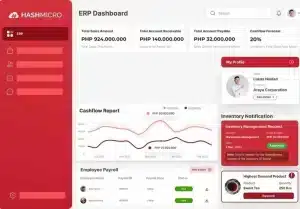
HashMicro provides a comprehensive ERP software solution to help businesses achieve their ESG goals more efficiently and accurately. One key feature is automated ESG data tracking and sustainability reporting, which are seamlessly integrated into our ERP system to ensure compliance with evolving ESG standards.
Experience the power of HashMicro’s ERP Solution through a free demo. Discover how automation streamlines ESG reporting, enhances transparency, and ensures real-time monitoring of environmental, social, and governance initiatives for better compliance and decision-making.
Why choose HashMicro? Our ERP software automates critical ESG tasks such as carbon footprint tracking, regulatory compliance management, and sustainability reporting, reducing manual errors and improving operational efficiency. Its seamless integration with other business modules provides a holistic solution for businesses committed to ESG best practices.
It helps organizations improve ESG compliance while optimizing resource allocation and corporate sustainability efforts. Below are some of the key features of HashMicro’s ESG-driven ERP Solution:
- Simplified Business Intelligence: Get instant insights with automated data analysis, allowing businesses to make faster, smarter decisions. This feature delivers real-time reports, trend predictions, and performance tracking for better planning.
- Efficient Data Management: Keep inventory, financial, and operational records well-organized with a structured sheet system. This ensures accuracy, easy access, and smooth collaboration across departments.
- Automated Stock Counting: Speed up inventory checks with a computerized system that minimizes manual errors and boosts efficiency. Businesses can update stock levels instantly for real-time accuracy and better stock control.
- Smart Financial Tracking: This feature simplifies bookkeeping by automatically recording, categorizing, and monitoring transactions. It ensures accurate financial records, reduces errors, and improves compliance.
- Instant Reporting & Insights: Access real-time financial and operational reports to monitor business performance effortlessly. With up-to-date data, companies can identify trends, enhance efficiency, and confidently make strategic decisions.
These capabilities enhance ESG visibility, reduce compliance risks, and improve corporate responsibility. With HashMicro’s ERP Solution, businesses can strengthen their ESG framework, maximize efficiency, and drive long-term sustainable growth.
Conclusion
Implementing a practical ESG framework is essential for businesses looking to enhance sustainability, improve transparency, and meet stakeholder expectations. However, managing ESG reporting and compliance can be complex, requiring structured strategies and accurate data tracking.
Leveraging advanced software solutions simplifies ESG integration, ensuring businesses can monitor environmental impact, social responsibility, and governance practices more efficiently. HashMicro’s ERP Software offers a comprehensive ESG management solution to streamline reporting, automate data collection, and ensure regulatory compliance.
Take the next step toward a more sustainable future with HashMicro’s ERP Software. Sign up for a free demo today and discover how our innovative ESG management tools can help your business achieve compliance, efficiency, and long-term success.

FAQ About ESG Framework
-
What are the 5 PS of ESG?
1. People: Focuses on improving well-being and equality for all individuals.
2. Planet: Aims to protect and preserve the environment for future generations.
3. Prosperity: Strives for sustainable economic growth and shared prosperity.
4. Peace: Promotes peace, justice, and strong institutions globally.
5. Partnerships: Encourages collaboration and partnerships for achieving sustainable development. -
What is the most used ESG framework?
One widely used ESG framework is the Global Reporting Initiative (GRI), which provides standards for responsible environmental, social, economic, and governance practices across various topics.
-
What are the three pillars of ESG?
The three core pillars of ESG are:
1. Environmental: Relates to the effect an organization has on the environment.
2. Social: Concerns the impact an organization has on individuals, including employees, customers, and the community.
3. Governance: Refers to how an organization is managed, focusing on transparency and accountability.





